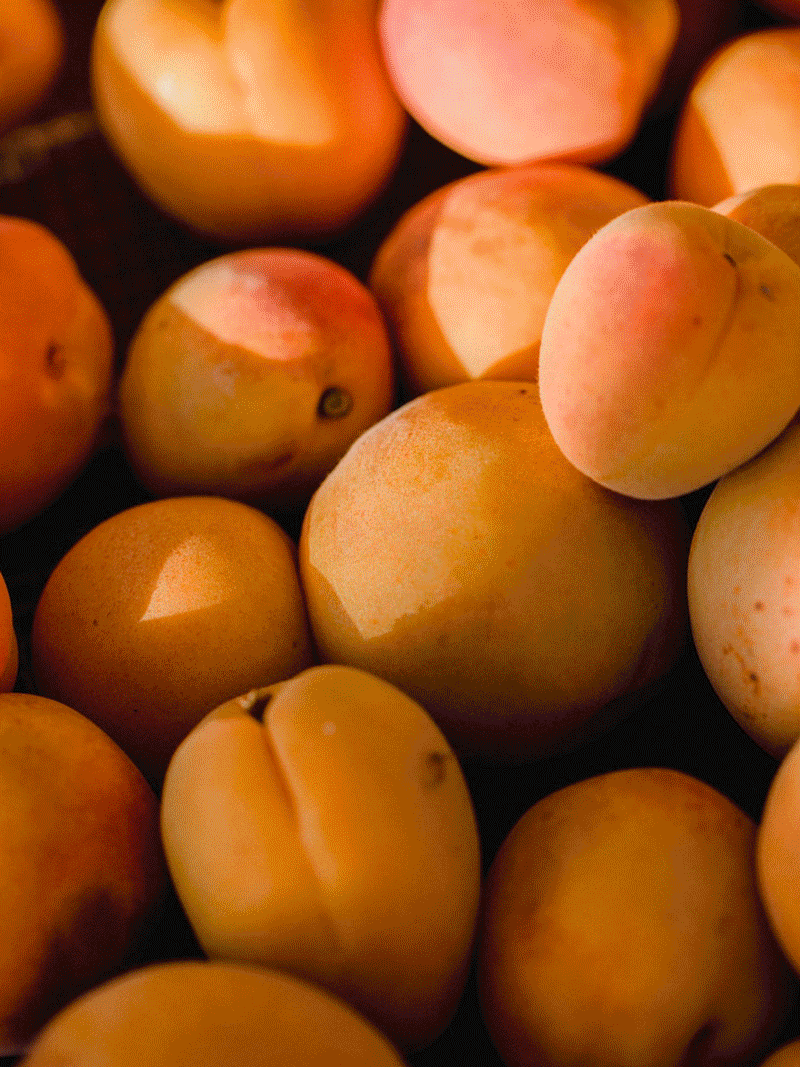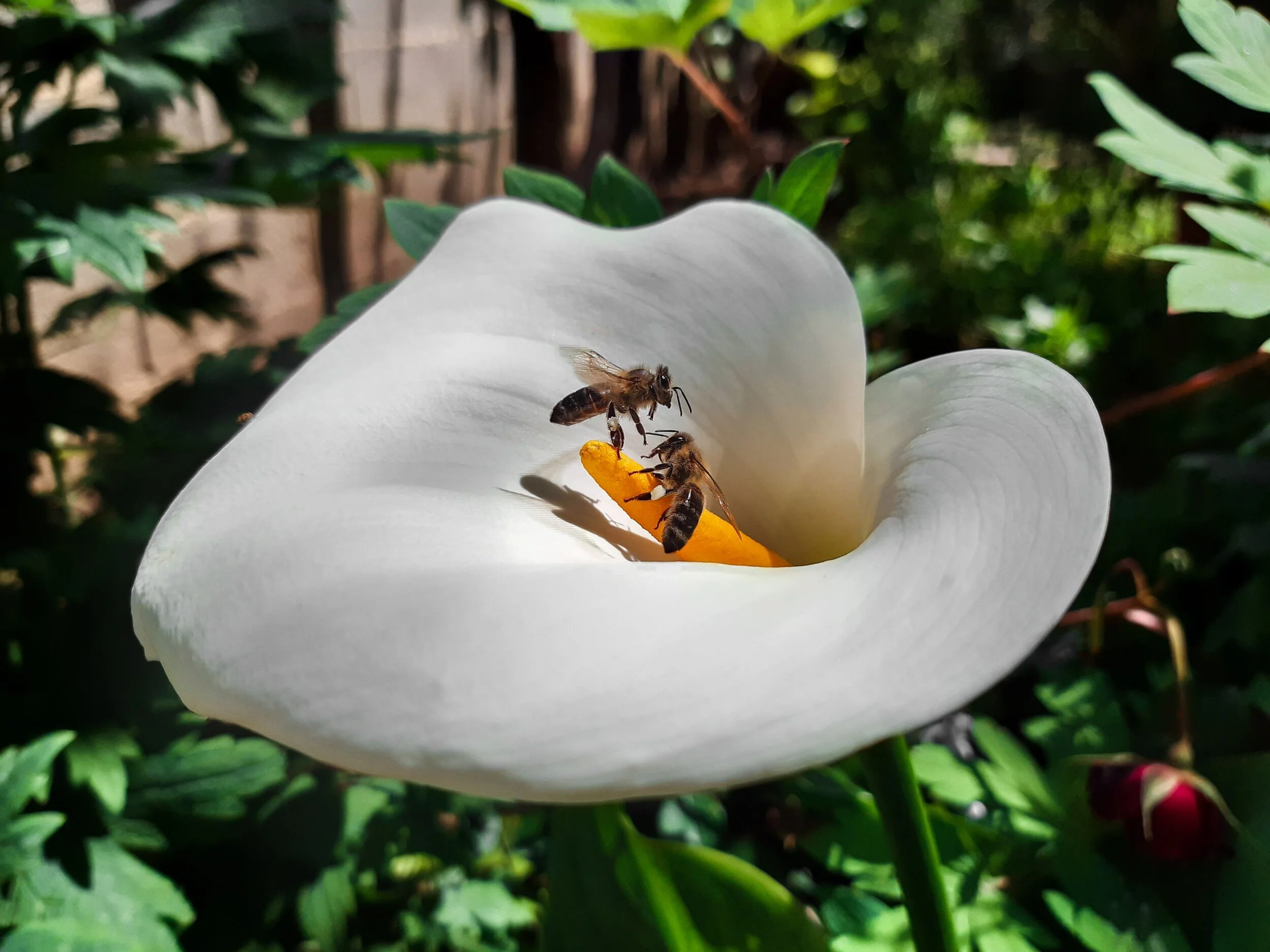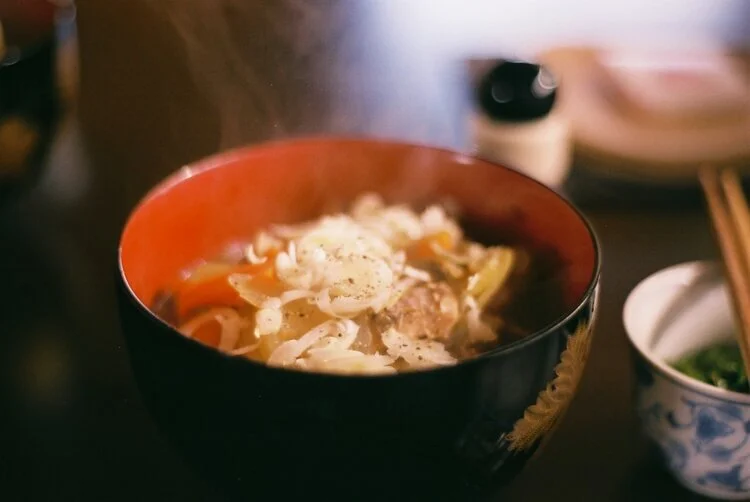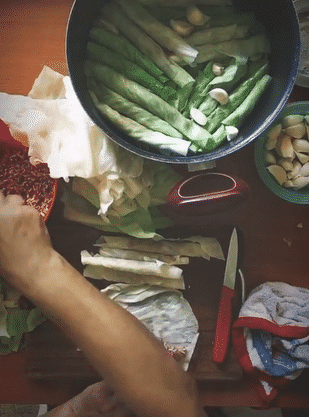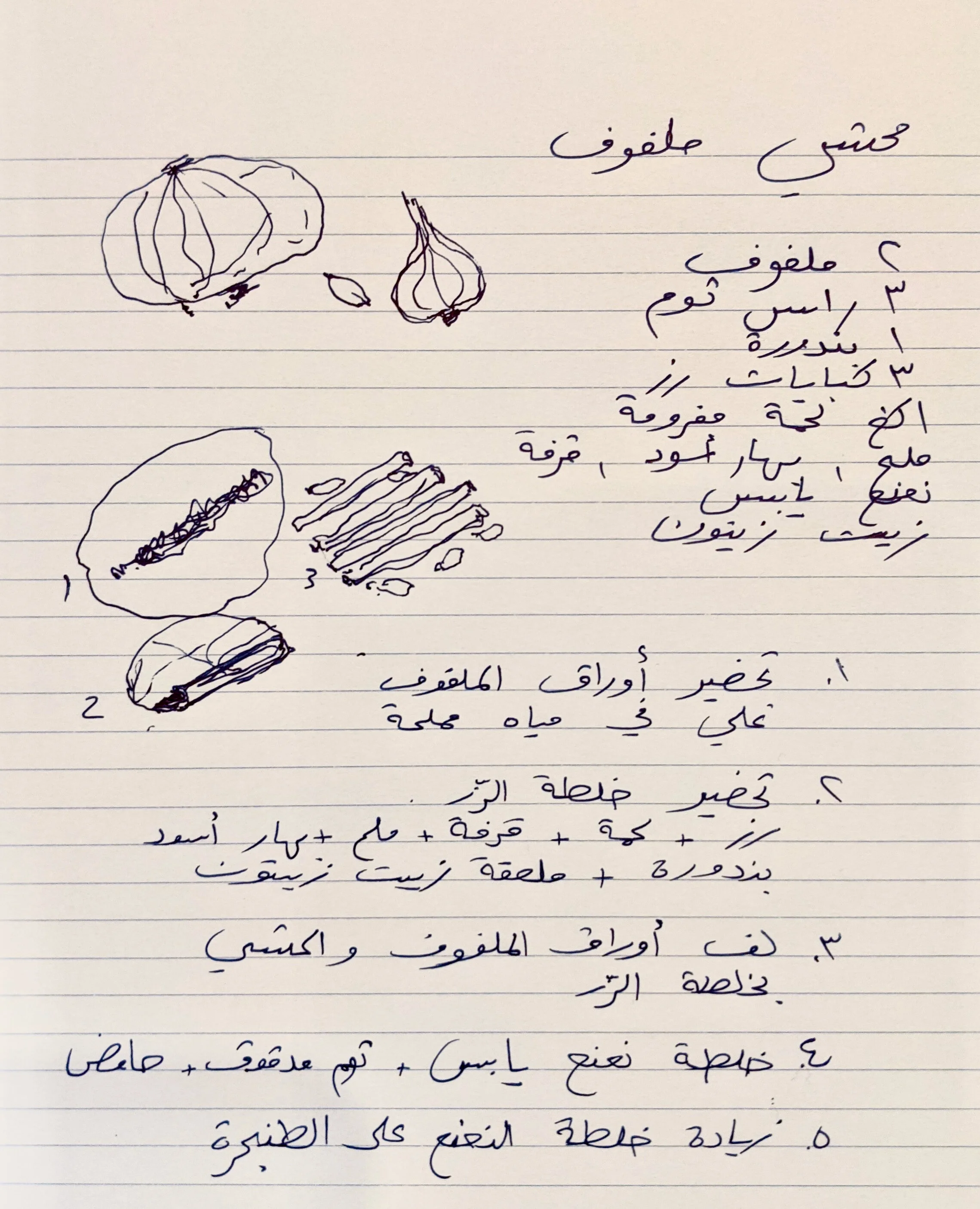
Like most things in life that are multifaceted, to many people, food is more than just a way to fuel our bodies. Around the world, food can provide as much symbolism as nutrients—some may elicit memories through taste. This is especially the case for Joséphine, a multidisciplinary designer with a special focus on utilizing design as a catalyst for social change. To her, food is an experience, feeling, and means of connection, all of which can be seen through her community involvement, photography, illustrations, and even floral design. Co-founder of Saj Stories, a traveling table that curates food experiences that celebrate the Lebanese culinary heritage, Joséphine says that her love of food started as a child and is now how she chooses to connect with others.
Amongst all of the initiatives she is proud of, Joséphine also brings her passion for food into her work as the co-founder of Nation Station, a grassroots initiative in an abandoned gas station providing post-blast relief in Beirut. “Rather than to provide the affected community with temporary aid or momentary relief, Nation Station provides the means and resources for long-term, self-sustaining solutions.” Nation Station’s reach expands across their community kitchen, reconstruction efforts, and community building initiatives.
While her adoration with food (both personally and professionally) has no bounds, there is one vegetable in particular that stands out to her, symbolically: malfouf, or cabbage, in Arabic. The word comes from the verb laffa which means to roll, to twist around, or to cover something.
She tell us, “Malfouf always reminds me of a traditional childhood Lebanese dish called mehshe malfouf, which are stuffed cabbage rolls that are slowly cooked and served for lunch. It also poetically translates to the rolled layers of a cabbage and how with each uncovering, you are closer to the core...the heart.”
Although nothing can replicate the feeling Joséphine had cooking this dish with her grandmother and family, she shared with us her family’s recipe so that others can also experience it. Now, anytime she makes this dish, she is reminded of those she loves dearly. With every bite, we can feel the love her grandmother puts into each roll, reminding us the power that food has in our lives.
Mehshe Malfouf (Stuffed Cabbage Rolls)
Serves 4-6 persons
2 medium sized Cabbages
3 Garlic heads
1 Tomato
3 Cups rice
1 kg minced meat (can be removed by adding more tomatoes and parsley)
Salt, pepper, cinnamon for seasoning
Dried mint
1 Lemon
Olive Oil
1. Leaf out the cabbage and blanch the leaves with salted boiling water in batches until they’re tender (easily folded but not overcooked). Drain and cut out the thick stalks.
2. Prepare rice mixture: rice, meat, finely chopped tomatoes in cubes, a tbsp of olive oil, salt, pepper, and cinnamon (mix all together) .
3. Start rolling the cabbages by placing the rice in the middle and twisting the cabbage leaf around. (Ideally you would cut the leaves to have evenly sized pieces, but not necessary)
4. Start placing the rolled cabbages tightly in the pot. Add 5 whole garlic cloves in between each layer.
5. Once done with rolling, add 2 cups of water brine (water + pinch of salt + a squeeze of lemon) and slow cook for about an hour.
6. On the side, prepare a well-mixed bowl of minced garlic (4 cloves), dried mint (5 tbsp), and lemon juice and add it to the pot once done cooking.
Can be served with yogurt on the side – optional: add a drizzle of pomegranate molasses on top of the serving.
Sahten! Buon apetito!
This article is part of DIMMI Digest: Family. Much like an inside joke, the language that you use with your family can be an integral part of who you are and the way you live your life. Whether it is a unique word to describe those closest to you, blood or not blood, or a prayer you say before you eat, you may not even realize how impactful language is until you find yourself on your own. Sometimes, it is not only a word but a tradition, family recipe, or a single vegetable that can instantly transport us to a different place.

Location: Beirut, Lebanon
A multidisciplinary designer across product, space, and food design with a special focus on spreading design as a tool for social change—she recently opened a studio to practice design thinking unto daily food behaviors through design workshops, experiences, design objects, and floral design. She is the co-founder of both Nation Station (referenced above) and of Saj Stories, a traveling table that curates food experiences that celebrate the Lebanese culinary heritage. If she had to eat one type of food for the rest of her life, it would be pasta!
@josephine_aa






